Physical Address
304 North Cardinal St.
Dorchester Center, MA 02124
Physical Address
304 North Cardinal St.
Dorchester Center, MA 02124
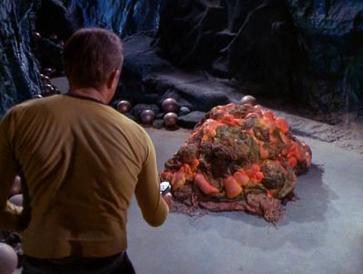
“Star Trek: The Devil in the Dark” stands out as one of the most memorable episodes from the original series, blending science fiction with thought-provoking themes. This Season 1 adventure takes the crew of the Enterprise to a mining colony plagued by mysterious deaths. As the story unfolds, viewers are introduced to the enigmatic Horta, an alien unlike any previously encountered. Featuring a strong cast and inventive storytelling, “The Devil in the Dark” explores the boundaries between misunderstanding and empathy. In this article, we delve into the full episode, cast details, connections to other episodes like “All Our Yesterdays,” and unravel the story’s powerful ending.
“The Devil in the Dark” is a classic episode from the first season of Star Trek, first aired in 1967. The story unfolds on a mining planet called Janus 6, where the crew of the Enterprise is called to investigate mysterious deaths among the miners. Captain Kirk, Spock, and Dr. McCoy beam down to find that a strange, silicon-based creature—later named the Horta—is responsible. This creature can tunnel through rock and secretes acid, making it seem like a deadly monster at first.
However, the episode takes a thoughtful turn when Spock discovers through a mind meld that the Horta is not a mindless beast but a protective mother defending her eggs, which the miners have been unknowingly destroying. This revelation shifts the story from a simple monster hunt to a powerful message about understanding and coexistence. Instead of killing the creature, Kirk negotiates peace between the miners and the Horta, showing that empathy and communication can resolve conflict. This episode is also famous for introducing Dr. McCoy’s iconic catchphrase, “I’m a doctor, not a…” It’s a great example of Star Trek’s blend of sci-fi adventure with deeper moral and philosophical questions.
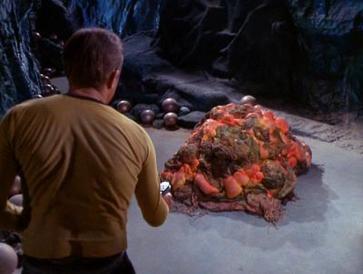
In the Star Trek episode “The Devil in the Dark,” the crew of the Enterprise is sent to a mining colony on the planet Janus 6, where mysterious deaths are occurring. The miners believe a deadly creature is attacking them, and Captain Kirk, Spock, and Dr. McCoy beam down to investigate. They discover a silicon-based life form called the Horta, which has been killing miners in defense of its eggs—silicon nodules mistaken for minerals by the humans. Spock uses a Vulcan mind meld to communicate with the Horta, revealing it to be intelligent and protective rather than malicious. This leads to a powerful message about understanding and tolerance, as Kirk negotiates peace between the miners and the creature. The episode is notable for blending thrilling sci-fi action with deeper themes about coexistence and respect for alien life. It also features Dr. McCoy’s famous line, “I’m a doctor, not a bricklayer!” The story remains a classic example of Star Trek’s ability to mix adventure with thoughtful commentary on empathy and environmental stewardship.
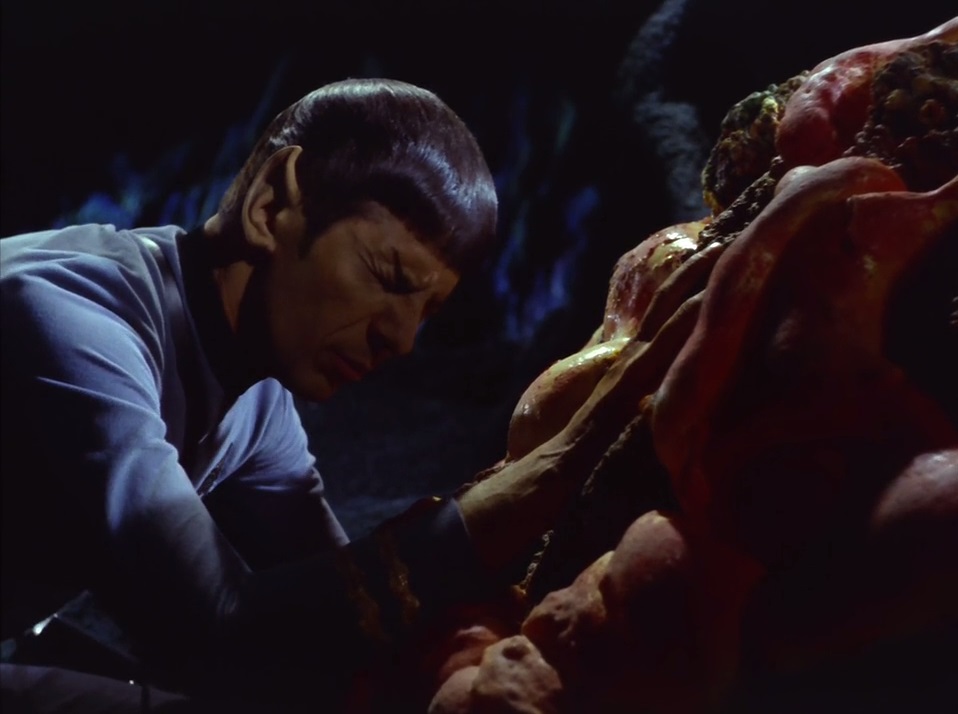
The cast of Star Trek: The Devil in the Dark features the classic and beloved main crew of the original series. William Shatner stars as Captain James T. Kirk, leading the Enterprise on a mission to investigate mysterious deaths at a mining colony. Leonard Nimoy plays the ever-logical Mr. Spock, and DeForest Kelley is the passionate Dr. McCoy, who famously delivers his first iconic line, “I’m a doctor, not a bricklayer,” in this episode. James Doohan appears as Scotty, the ship’s engineer, supporting the crew throughout the tense adventure.
The episode also includes Ken Lynch as Chief Engineer Vanderberg and Barry Russo as Security Chief Giotto, adding depth to the mining colony’s personnel. Notably, the creature known as the Horta is portrayed by Janos Prohaska, a stuntman and acrobat who designed and wore the costume, bringing the alien to life with impressive physicality. This episode is special to William Shatner, as he filmed it during a difficult personal time, yet it remains one of his favorites. The cast’s performances help make this episode a standout in the Star Trek series, blending suspense, empathy, and memorable character moments.
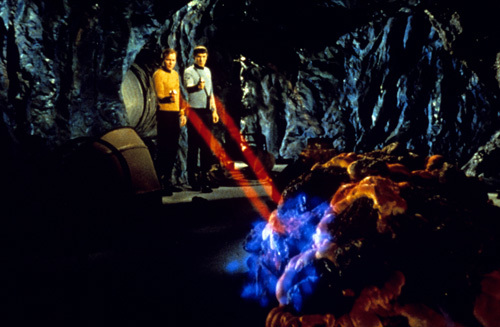
“Star Trek: The Devil in the Dark” is a standout episode from the first season that originally aired in 1967. The story follows the crew of the Enterprise as they investigate mysterious deaths at a mining colony on the planet Janus 6. The miners are being attacked by a strange, seemingly deadly creature that can tunnel through rock and secretes acid. Captain Kirk, Spock, and Dr. McCoy beam down to confront this “Devil in the Dark,” initially intent on killing it to protect the miners and their vital mining operation.
What makes this episode special is how it subverts the typical monster story. Instead of a mindless beast, the creature—called the Horta—is revealed to be a highly intelligent, silicon-based life form protecting its eggs, which the miners have unknowingly been destroying. Through Spock’s mind meld, the crew learns the Horta’s perspective, leading to a peaceful resolution where both sides come to understand each other. This episode highlights Star Trek’s signature blend of science fiction with empathy and moral complexity, showing that sometimes the real “monster” is misunderstanding. It also introduced Dr. McCoy’s famous catchphrase, “I’m a doctor, not a …” which became a beloved part of the series.
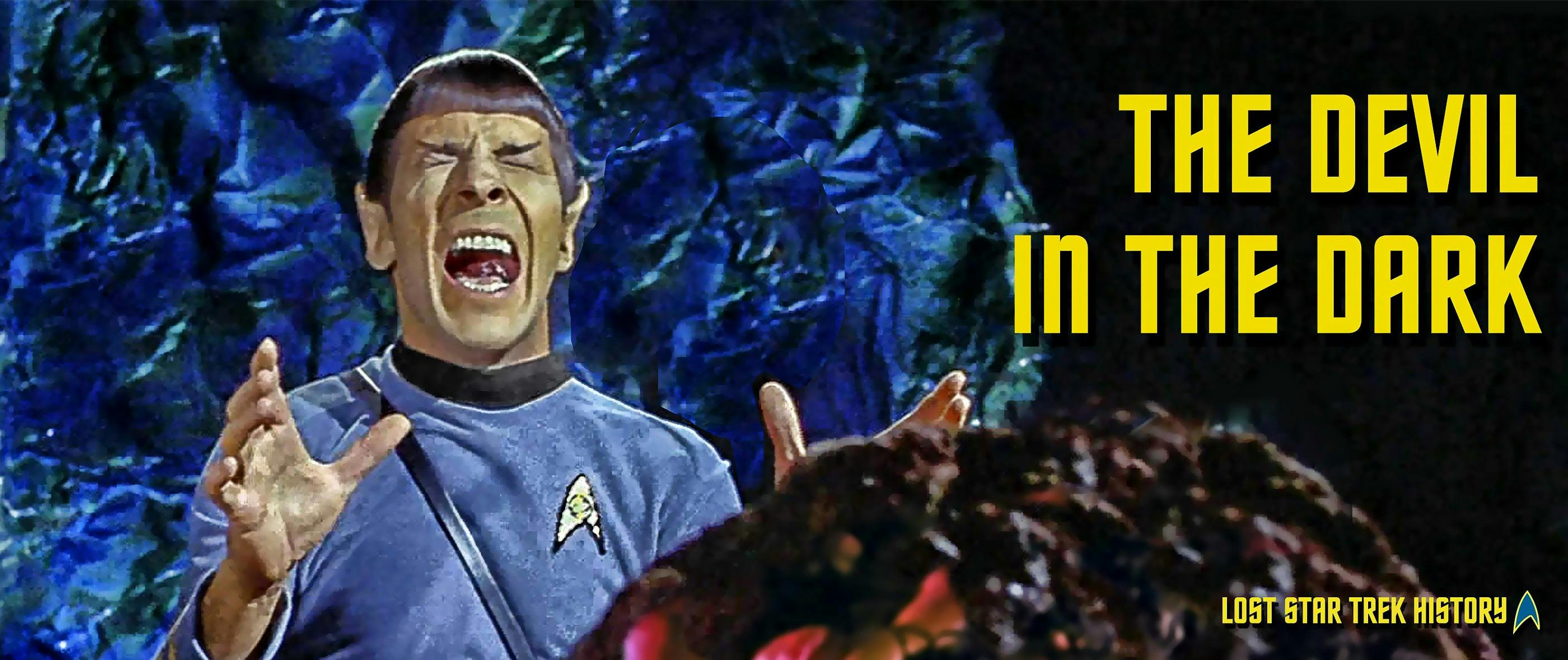
“The Devil in the Dark” is a classic episode from the first season of Star Trek, first aired in 1967. The story takes the Enterprise crew to a mining colony on Janus 6, where mysterious deaths are occurring. The miners believe a deadly creature, which can tunnel through rock and secretes acid, is responsible. Captain Kirk, Spock, and Dr. McCoy investigate and soon discover the creature is not just a monster but a silicon-based life form called the Horta, which is protecting its eggs unknowingly destroyed by the miners.
What makes this episode stand out is its message of understanding and compassion. Instead of simply killing the creature, Spock uses a mind meld to communicate with it, revealing the Horta’s perspective as a protective mother. This leads to a peaceful resolution where both humans and the Horta come to an agreement, highlighting Star Trek’s core values of empathy and coexistence. The episode also introduced McCoy’s famous catchphrase, “I’m a doctor, not a…” which became a beloved part of the series. Overall, “The Devil in the Dark” is celebrated for its thoughtful storytelling and remains one of the most memorable episodes of the original series.
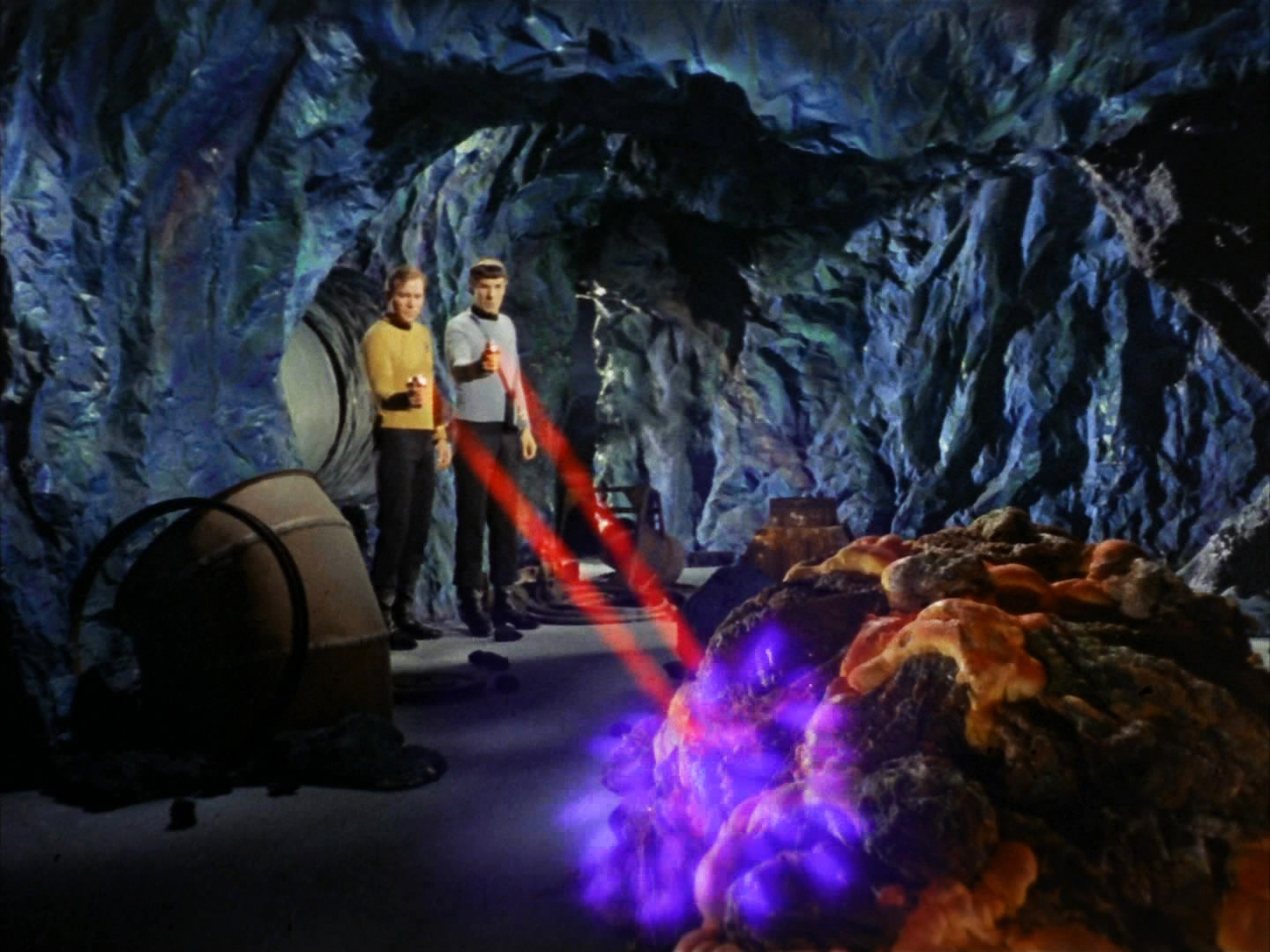
The Horta is one of the most fascinating and unusual alien creatures in the Star Trek universe, first appearing in the original series episode “The Devil in the Dark.” Unlike typical humanoid aliens, the Horta is a silicon-based lifeform that looks like a living mass of magma or rock. It lives underground on the planet Janus VI, where it tunnels through solid rock with ease, using a powerful acid it secretes. This unique physiology challenges our usual ideas about what life can be, as it’s not carbon-based like humans but made from silicon and trace elements. The Horta communicates telepathically and can even “etch” messages into rock, which helped resolve a dangerous misunderstanding with human miners. Despite its fearsome appearance, the Horta is protective rather than aggressive, especially the Mother Horta, who guards the eggs and young. This story highlights Star Trek’s deeper themes of empathy and cooperation, showing that even the most alien beings deserve understanding and respect. The Horta remains a memorable symbol of the franchise’s imaginative exploration of life beyond Earth.
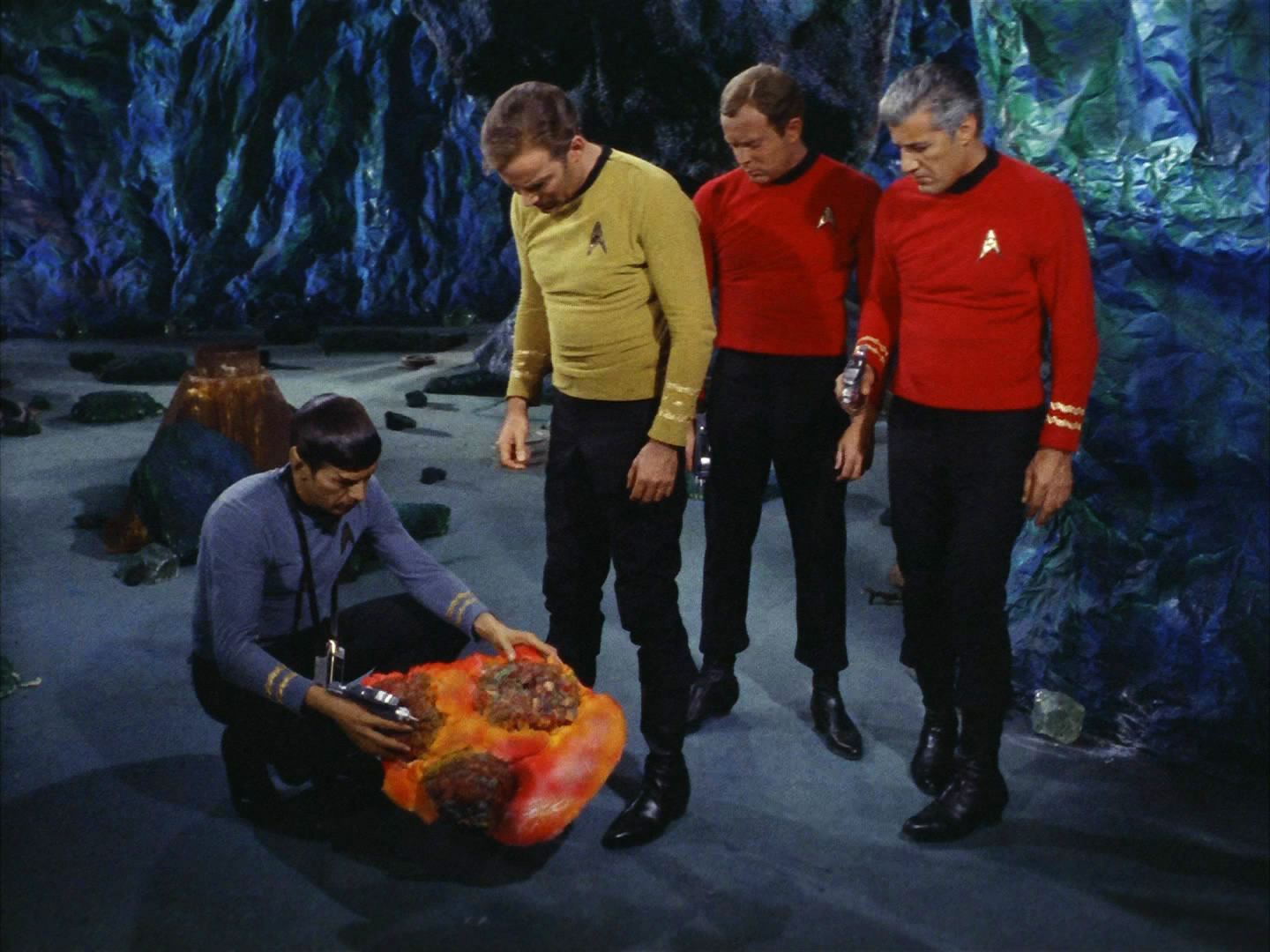
All Our Yesterdays by Natalia Ginzburg is a poignant novel set in Italy during the turbulent years from 1939 to 1944, capturing the everyday lives of two neighboring families amid the rise of fascism and World War II. The story is centered around Anna, the youngest daughter of a bourgeois family, who becomes pregnant at sixteen and marries an older family friend, Cenzo Rena. As war unfolds, Anna moves to a remote southern village, where the harsh realities of the conflict become unavoidable.
The novel doesn’t focus on battlefield heroics but rather on the emotional and social impact of war on ordinary people—those left behind, grappling with fear, loss, and the shifting political landscape. Anna’s family and friends, especially the older siblings, engage in resistance efforts, dreaming of revolution, while Anna herself drifts through life, embodying a quiet realism. Ginzburg’s minimalist style sketches a vivid picture of Italian society, showing characters who display both courage and cowardice in their own ways. The novel explores themes of youth, political awakening, and the personal costs of war with a subtle yet powerful touch, making it a deeply human and reflective read.
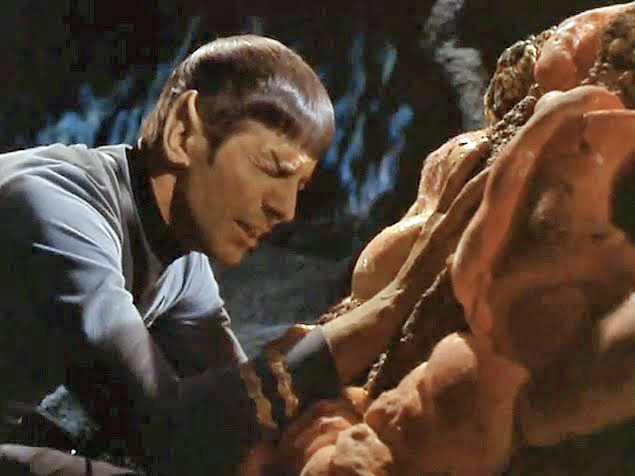
Devil in the Dark is a 2017 horror movie that centers on two estranged brothers, Adam and Clint, who try to reconnect during a weekend hunting trip in the remote forests of Washington State. Their plan to bond quickly turns into a terrifying fight for survival when they encounter a mysterious supernatural creature lurking in the woods. The film blends family drama with horror, exploring themes like sibling rivalry, childhood trauma, and complicated relationships with their father, which adds emotional depth beyond the scares.
The movie is praised for its atmospheric setting, with beautifully shot forest scenes and effective suspense-building that keeps the creature mostly hidden, enhancing the mystery and tension. Director Tim Brown uses sound and pacing to create a chilling mood reminiscent of classic monster-of-the-week TV episodes like The X-Files or Supernatural—which is fitting since one of the cast members appears in both shows. However, some critics note that the film’s dialogue and acting can feel awkward or heavy-handed, and the pacing sometimes drags, which may lessen the impact for some viewers.
Overall, Devil in the Dark offers a mix of emotional family drama and supernatural horror, making it a slow-burning but ultimately scary watch for fans of atmospheric thrillers.
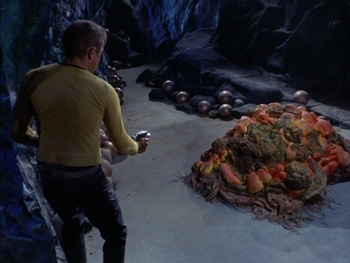
The ending of The Devil in the Dark reveals a powerful message about understanding and coexistence. After a tense confrontation, Captain Kirk and Spock discover that the feared “devil” is actually a Horta, a silicon-based creature protecting its eggs, which the miners had been unknowingly destroying. Through Spock’s mind meld, they learn the Horta’s painful story and realize it was only defending its young. This revelation turns the miners’ hostility into remorse, as they see they were the real threat to the Horta’s species. Kirk convinces everyone to stop fighting and instead work together, with the Horta helping the miners by tunneling safely. The episode closes on a hopeful note, showing the newly hatched Horta uncovering valuable minerals, symbolizing a new beginning for both species. This ending highlights Star Trek’s core themes of empathy, communication, and peaceful coexistence, reminding us that fear often comes from misunderstanding rather than true evil.
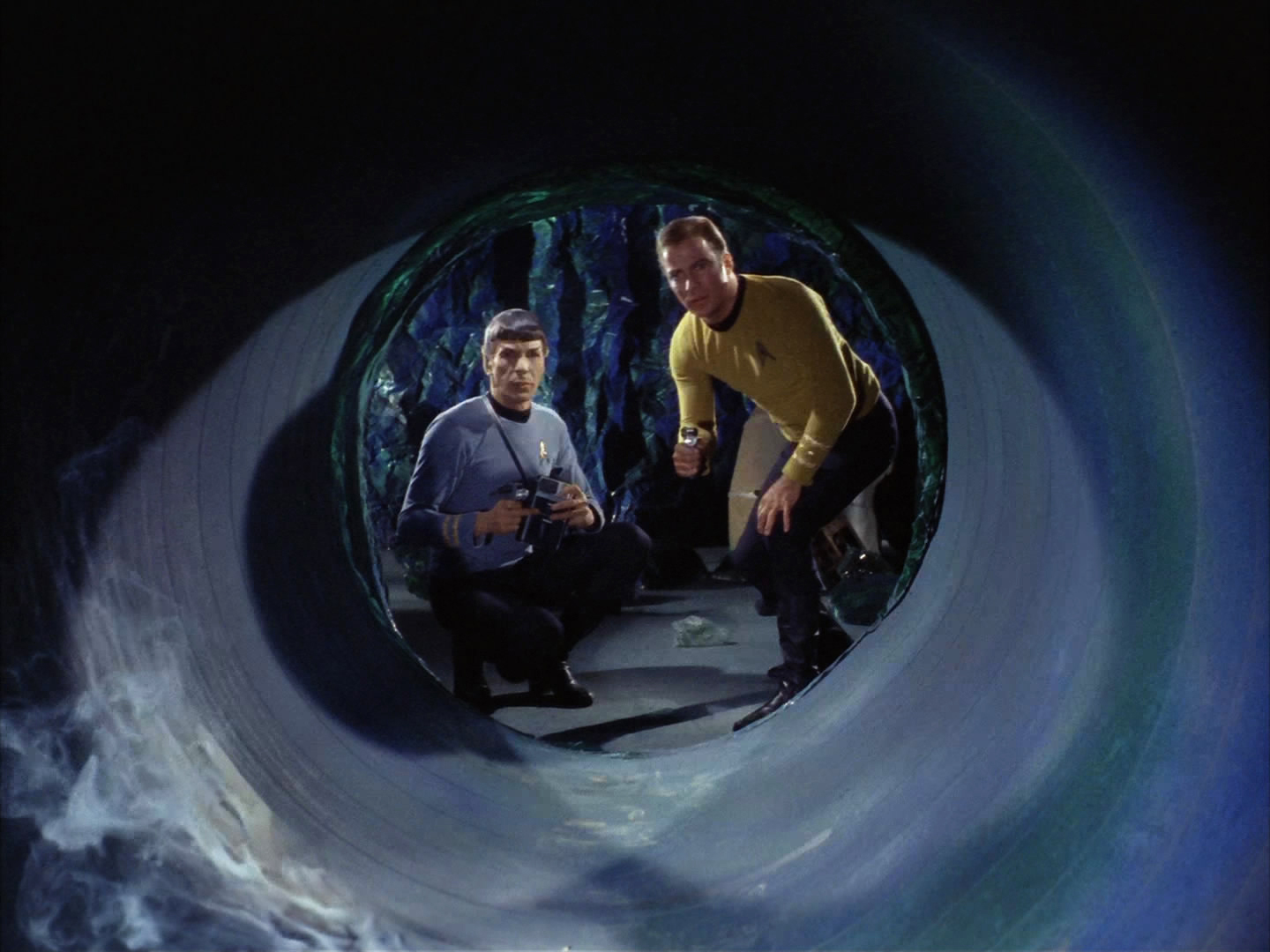
In conclusion, “The Devil in the Dark” stands out as a pivotal episode in the Star Trek franchise, exploring themes of fear, misunderstanding, and the importance of empathy. Through the dramatic confrontation between the Enterprise crew and the mysterious Horta, the narrative challenges viewers to reconsider their perceptions of “monsters” and the necessity of communication. The episode not only showcases the ingenuity and moral resolve of Captain Kirk and his team but also emphasizes the potential for peaceful coexistence across species. Ultimately, it serves as a timeless reminder of the power of understanding and compassion in overcoming fear and prejudice.